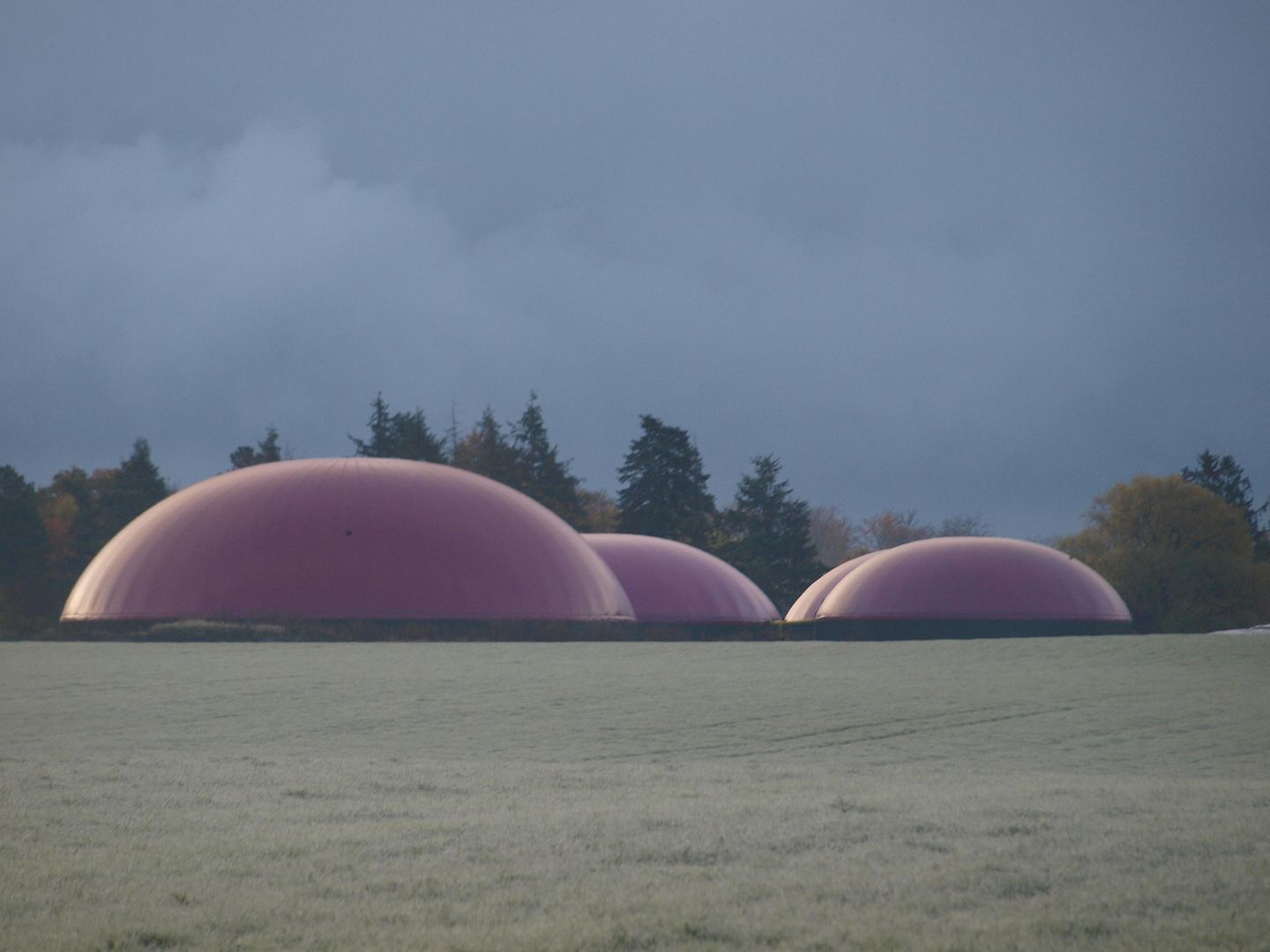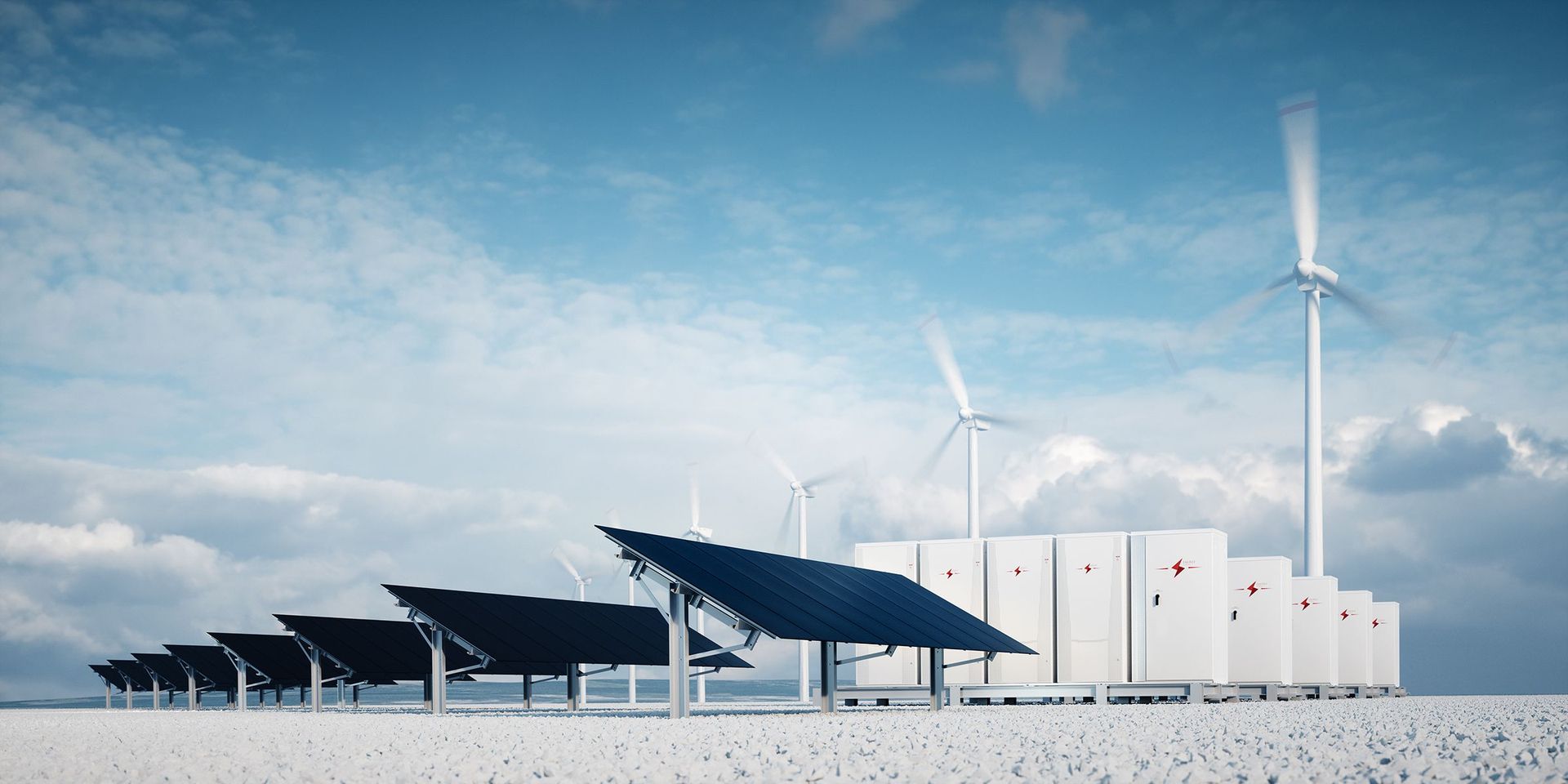Digitalization: Where are the German digital utilities?
In Germany, a lot has been written about two energy megatrends of our time, liberalisation of energy markets and decentralisation of the energy landscape. What we think has been neglected is a third megatrend: digitalisation.

Maybe one of the reasons is that liberalisation and decentralisation were enforced by laws (German Energy Industry Act, EnWG, of 1998 and German Renewable Energy Act, EEG, of 2000). Liberalisation laws forced several utilities to abandon their grid responsibilities after 1998, little active involvement required.
The bulk of decentral power plants installed in Germany today are owned by (groups of) individuals (47 % of installed capacity) rather than traditional utilities (only 12 % of installed capacity), a situation which in no small part has been brought about by overarching hesitation of utilities who are now left with giant unprofitable coal, nuclear and gas power plants.[1]
We take the example of Germany here, because liberalisation and decentralisation have progressed quite far there, but other countries in and outside of Europe already show signs of a similar development.
Digitalisation is likely the next big step in this line of catastrophes for traditional utilities, with no less threatening impacts. What decision-makers need to realise is that with digitalisation, a wait-and-see attitude is not an option, because this thing is not going to go away. This is not because there will be a law-enforced smart meter roll-out starting 2017, or because “doing things on the Internet” has become a normal part of our lives and everyone loves to check their energy bills online now.
The actual reason is that you can only guarantee a secure energy grid with millions of small, decentralised (renewable) energy plants if you network and operate all of them intelligently. The individuals who own the plants are no experts in the energy industry. They usually cannot do their own imbalance settlement and set up reliable feed-in forecasts that grid operators can work with. And even if they did, the result would likely be very inefficient with more than 800 grid operators in Germany alone. These plants need to be aggregated by digital utilities who control them smartly to align supply and demand. The question is: will the analogous utilities of the past be the digital utilities of the future?
For this to happen, utilities would have to understand the opportunities (and pitfalls) of digitalisation, they would have to set up long-term strategies, hire staff or mandate existing digital utilities to put them in practice. To master this task, utilities need to enter unchartered territory which is likely not the core competence of century-old organisations with structures grown from tradition.
So what are the insights we can derive from these three megatrends for the energy market of the future?
- Liberalisation indicates that the energy market will be fragmented: Utilities will probably persist, but they will likely not be vertically integrated in the future.
- Decentralisation suggests that there will be thousands, maybe millions of plant owners and therefore players in the energy market.
- Digitalisation suggests that there will be energy utilities which are actually IT companies (digital utilities).
More to read
Assuming these insights hold true, the players on the future energy market could be the following:
- Plant owners: A large portion of these continue to be (groups of) individuals, mainly owning roof-top solar PV, on-shore wind and biogas plants. Many of them probably have non-energy-related occupations.
- Grid operators: In a liberalised energy market, grid operators are responsible for keeping their grid balanced and thus guarantee a reliable supply of electricity. They are generally not allowed to be energy suppliers or operate their own plants.
- Investors: Especially very large-scale projects, such as solar PV parks or off-shore and on-shore wind farms, will likely be backed by corporate investors or big utilities, because private investors can usually not cover the risk and cost volume involved.
- Energy suppliers: In the future, there might be a large number of suppliers with a sales focus and little involvement in the workings of the energy market. These suppliers might be platforms on which customers pick the features of their contract as they currently do with cell phone plans: the features could include flat rates or floating rates for different hours of the day.
- Digital utilities: They will focus on doing traditional energy industry work in a digital environment. This means that they network a large number of decentralised (renewable) energy plants and dispatch them smartly. They also provide services such as forecasting power generation from wind and PV plants, billing and imbalance trading. Due to the complexity of the optimisation problem involved in dispatching millions of individual plants, they will likely hire more software developers than traditional energy professionals.
According to this perspective, there is no room for analogous utilities on the future energy market. They now have to decide: will they be investors who are hardly involved in the operation of their plants, will they be energy suppliers without plants or will they be digital utilities?
This article was first published on www.euractiv.com
[1] These laws focus on electricity and they do so rightly, because electricity will be the core of the future energy world. The world will sooner or later go renewable. The Paris Agreement (limiting global average temperature increase well below 2°C) as well as European Renewables Directive 2009/28/EC (20 % of final energy consumption to come from renewable sources by 2020) and similar legislations outside of Europe bear witness to this fact. The electricity sector sees the strongest impetus in the transition towards renewables because electricity is the most versatile form of energy. Electricity can power all sorts of gadgets, but it can also produce heat or cold and power vehicles. For this reason the electricity market will see significant growth in the upcoming decades as large portions of the heating/cooling and transport sectors will go electric. The majority of the shift in transport from gasoline, diesel and kerosene will move towards electric motors, regardless of the battery/PV panel/fuel cell portion the market will be divided into; biofuels might play an important though comparatively minor role in future transport, potentially in the aerospace industry. Most of heating and cooling will likely be covered by (local) combined heat and power cycles; a smaller portion will be converted from electricity during times of excess wind and solar production.




